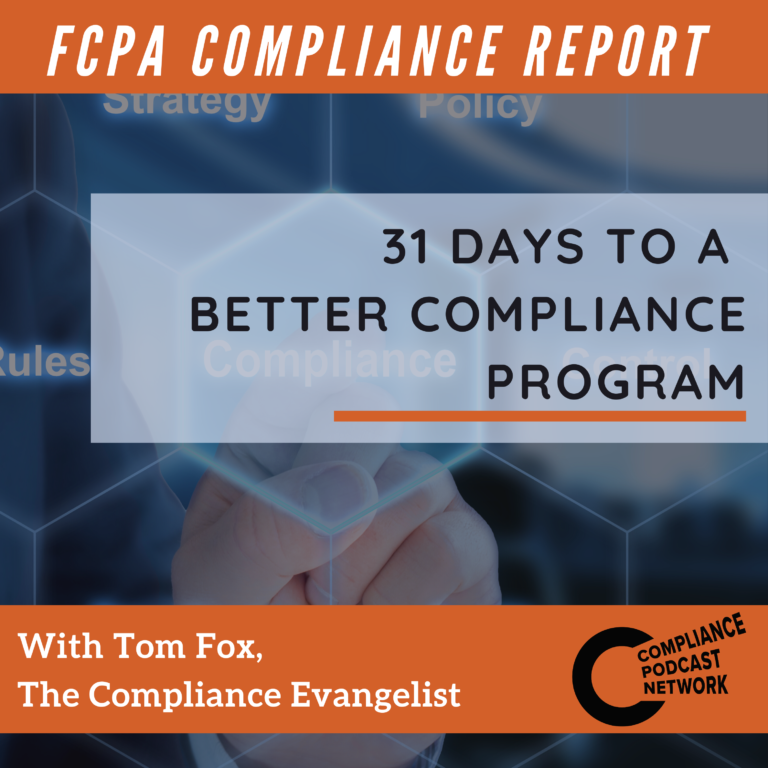How often have you thought about the role of communications in your entire hotline reporting system? I do not mean posters giving the hotline number, promising anonymity and non-retaliation. I mean using compliance communications to create a social environment where employees feel comfortable speaking up to ask questions and report concerns and they know the options for doing that.
Why do many compliance professionals find it so difficult to use compliance communications to help move the ball forward on driving a speak up culture? It begins because many conflate such communications with training. Training tends to be viewed as something that happens once per year or on a similar cadence. Yet even the DOJ has seen through the fallacy of this argument in its 2020 Update to the Evaluation of Corporate Compliance Programs when it stated, “companies have invested in shorter, more targeted training sessions to enable employees to timely identify and raise issues to appropriate compliance, internal audit, or other risk management functions.”
The 2020 Update also leads to the following questions, what resources have been available to employees to provide guidance relating to raising an issue? And, has your company assessed whether its employees know when to seek advice and whether they would be willing to speak up? Can you answer these to satisfaction of the DOJ? If not, you may have a gap in your speak up communications program.
The bottom line to all is that in compliance, you are only limited by your imagination. When you overlay creativity on your imagination, you can create something very special. And you can use compliance communications to drive a speak up culture.
Three key takeaways:
- How can communications improve a speak up culture?
- Use communications to foster trust.
- A speak up culture only works when paired with a ‘listen-up’ culture.



